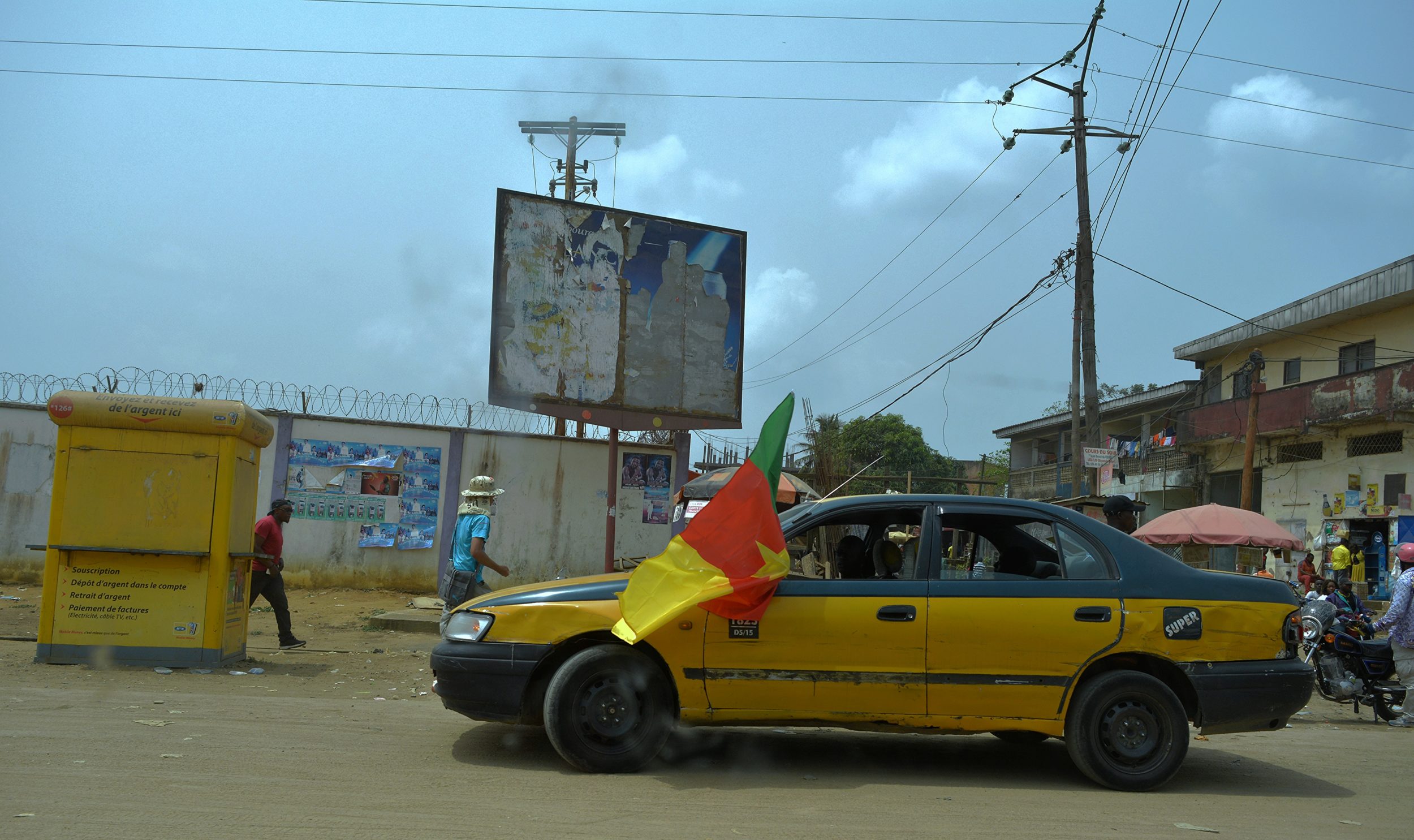The Republic of Cameroon has been ruled since 1982 by Paul Biya. These thirty nine years in power perfectly illustrate an overstayed welcome. Which is a precursor of autocratic consolidation. To understand the process, it is important to consider the constitutional amendments, and the Ambazonia war.
Constitutional Amendments: The Helper of Cameroon’s Autocratic Consolidation
Cameroon adopted its first constitution in 1961. This constitution formed the Federal Republic of Cameroon. And power to initiate legislation was equally shared between the president of the federal republic , and the federal deputies. But this changed when the new constitution of 1972 was adopted. This new constitution ended the federal system. And a significant amount of political power was placed in the hands of the president. Moreover, it gave the president the ability to be involved in legislative activities. For instance, this constitution stated that « No amendment shall be admissible, except with the approval of the President of the Republic ». This element among others, led to the fragilization of the separation of power. But the government was pressured by the international community to have a multi-party system. And they also faced intense waves of civil disobedience. Which led to the 1996 Constitutional amendment. This amendment introduced the creation of the Cameroon Constitutional Council. This council was said to assure the actual separation of power. But in reality, this council served as a façade. Because in this period, staged elections were organized. It also limited the presidential term to seven years renewable once. But in 2008, the constitution was again modified. Indeed, the new constitutional amendment removed the two term limitation for the presidency. Hence creating grounds for president Biya’s eligibility for future presidential elections. Based on the previous element, it is fair to consider the changes to the constitution as a tool to increase the president’s power. The constitution also helped Paul Biya increase his days in the presidential seat.
The Ambazonia War, The Manifestation of Resistance
The term “Ambazonia War” refers to the Anglophone Crisis affecting the Southern Anglophone regions of Cameroon. This conflict is the result of the government’s use of lethal force on peaceful protesters in 2016. The protests were formed against the marginalization of the Anglophone minority. Indeed, with a majorly Francophone government, the Anglophone regions feel left out in terms of opportunities. Especially because the government actions mostly benefit the French regions. That is the case of the state job offers that are more suitable for French speaking Cameroonians. They also mention the publication of official documents in French, without an English translation. This prevents their access to information. And it can be interpreted as a form of marginalization. Added to the lack of opportunities for Anglophones students, the lack of satisfactory reactions from the government led to a rebellion. And this rebel group wants the secession of the Anglophone regions. The separatists known as “The Amba-Boys” perpetrated several attacks against government forces and the population. And the violence has now reached the point of a civil war. Because the separatists multiply the attacks, and the army reciprocates. Such conditions worsen the population’s living conditions. They live in constant fear.
This conflict is the outstanding result of the autocratic consolidation in Cameroon. Because it reflects an opposition to the government, and the need for equality. Especially because this part of the population is marginalized. Plus, there is no transparency in the government’s affairs.


0 Comments